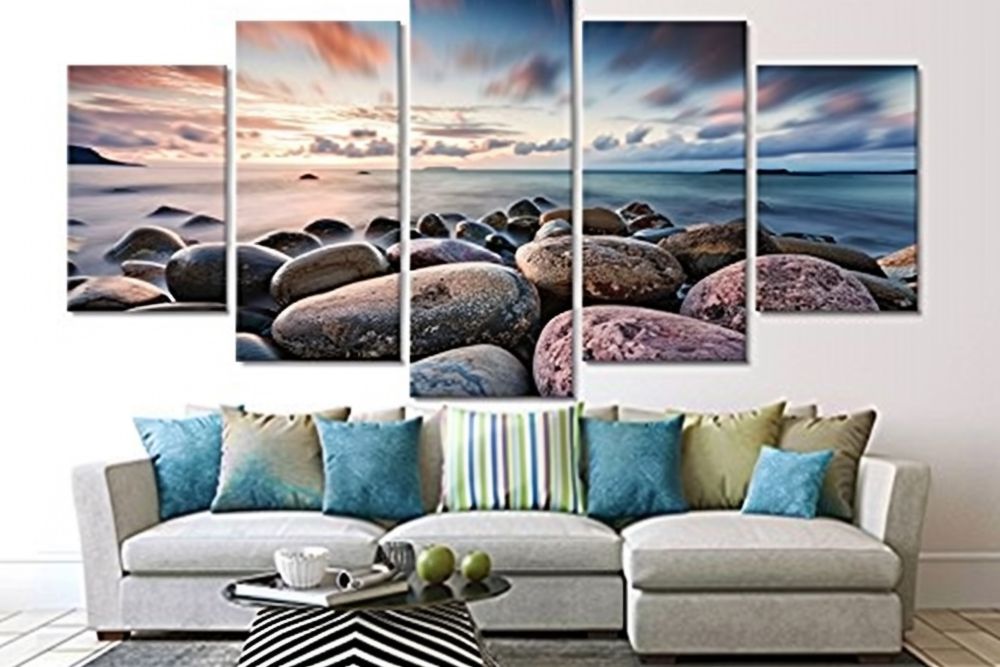The Fascinating World of Modern Sculpture
Sculpture has long been a medium for artistic expression, but in the modern era, it has transformed into something truly extraordinary. No longer confined to classical forms or rigid materials, contemporary sculpture pushes boundaries, embracing new technologies, materials, and conceptual approaches. Modern sculpture and its impact go far beyond aesthetics—this evolving art form challenges perceptions, redefines space, and sparks dialogue in ways traditional sculpture never could.
The Evolution of Modern Sculpture
Modern sculpture emerged as artists broke free from classical constraints. The smooth marble figures of the Renaissance gave way to raw, unpolished textures, abstract compositions, and unconventional materials. In the 20th century, pioneers like Pablo Picasso, Henry Moore, and Alexander Calder redefined what sculpture could be. They introduced movement, abstraction, and industrial materials into their work, paving the way for the radical innovation we see today.
Contemporary sculptors continue to expand the boundaries of the art form. Today, artists work with everything from 3D-printed resin to light and sound, demonstrating that sculpture as an evolving art form is limitless in its potential.
Fascinating 3D Sculpture Techniques
One of the most thrilling aspects of modern sculpture is its wide array of techniques. Traditional chiseling and casting have evolved into high-tech, innovative methods. Fascinating 3D sculpture techniques allow artists to create intricate designs with unprecedented precision.
- Digital Sculpting & 3D Printing – The advent of digital tools has revolutionized sculpture. Programs like ZBrush and Blender enable artists to sculpt virtually, refining their pieces before bringing them to life with 3D printing. This technology allows for the creation of highly detailed and complex forms that would be impossible to achieve by hand.
- Kinetic Sculpture – Inspired by movement, kinetic sculptures bring dynamic energy into the art world. Calder’s famous mobiles pioneered this concept, and today, artists incorporate motors, wind, and magnetic forces to create mesmerizing, ever-changing sculptures.
- Environmental & Ephemeral Sculpture – Some artists use nature itself as their medium. From ice sculptures that melt away to land art installations that evolve with the seasons, these works emphasize impermanence and the relationship between art and nature.
Through these groundbreaking approaches, modern sculptors redefine not only form but also the way audiences interact with art.
Modern Sculpture and Its Impact on Society
Art has always been a mirror of society, and modern sculpture is no exception. It reflects contemporary issues, challenges norms, and invites discussion on everything from environmental sustainability to social justice. Modern sculpture and its impact can be felt in public spaces, galleries, and even political movements.
Public sculptures like Anish Kapoor’s “Cloud Gate” in Chicago or Yayoi Kusama’s interactive installations demonstrate how sculpture can transform urban spaces. These works engage communities, inspire creativity, and encourage public participation. Beyond aesthetics, modern sculptures often carry deep messages—raising awareness about climate change, human rights, and technological advancement.
Sculptors also challenge traditional notions of beauty, identity, and materiality. Artists like Ai Weiwei use sculpture to address censorship and political oppression, while Damien Hirst plays with ideas of mortality through his provocative pieces. Each work leaves an impact, forcing audiences to rethink the world around them.
Explore Creativity in Modern Sculpture
Creativity knows no bounds in the realm of modern sculpture. Artists today experiment with a vast array of materials and concepts, blending technology, nature, and unconventional objects into their work. Explore creativity in modern sculpture, and you’ll find sculptures made of glass, recycled plastics, neon lights, and even living organisms.
- Light and Shadow Sculptures – Some artists manipulate light to create ever-shifting sculptures through shadow play, adding an element of illusion.
- Interactive and Immersive Works – Many contemporary sculptors create pieces that require audience participation, making the viewer an integral part of the artwork.
- Sculptures That Challenge Gravity – Suspended, floating, and precariously balanced sculptures challenge traditional ideas of weight and stability.
By breaking traditional molds, modern sculptors prove that the art form is not only evolving but thriving.
The Future of Modern Sculpture
As technology advances, so too will the possibilities in sculpture. Augmented reality and virtual reality are beginning to merge with physical sculpture, allowing artists to create hybrid forms that exist in both digital and physical spaces. AI-generated sculptures and bio-art, which incorporates living materials, hint at an exciting, unpredictable future.
At its core, sculpture as an evolving art form is a testament to human creativity. Whether through monumental installations or intimate, thought-provoking pieces, modern sculpture continues to challenge, inspire, and reshape the artistic landscape.
The journey of sculpture is far from over. With each new innovation, it moves further beyond tradition and into uncharted artistic territory, proving that there are no limits to what can be achieved in three-dimensional form.

